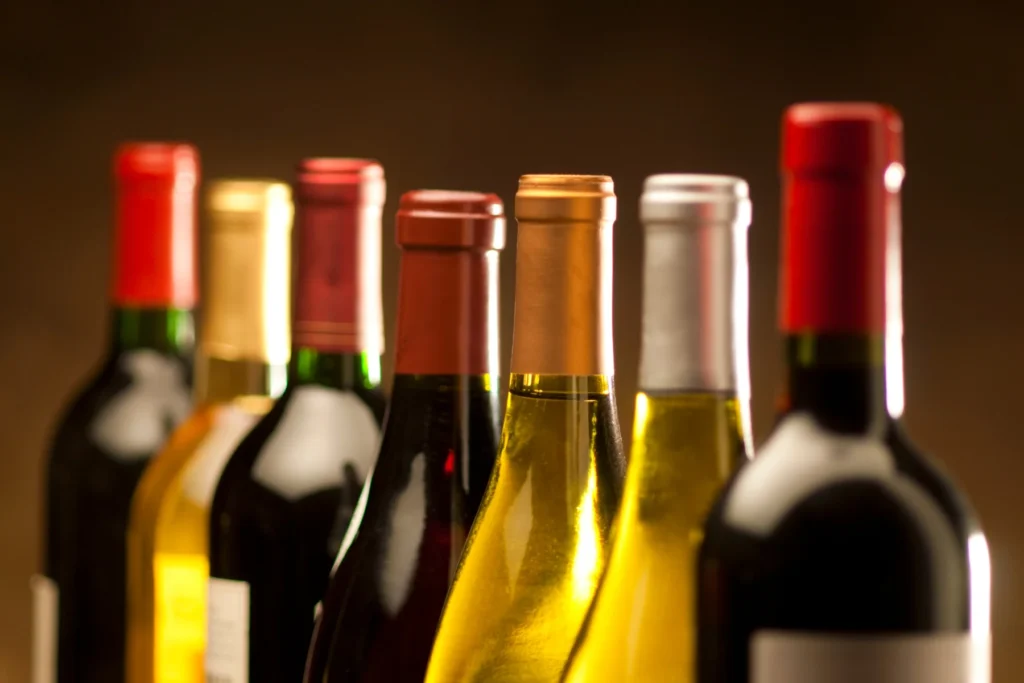So, you’ve invested in a beautiful wine cellar or a sleek wine fridge. Congratulations! This is the first step toward enjoying wine at its absolute best. But now you’re staring at those empty (or soon-to-be-filled) racks and wondering: “Which bottles actually deserve a spot in here?”
It’s a common question. While it might be tempting to fill every slot, the truth is, not all wines are created equal when it comes to aging. In fact, the vast majority of wines are meant to be enjoyed within a year or two of purchase. The key is to identify the rare bottles that will transform from something good into something truly magical with a little patience.
The Magic of Time: Why Some Wines Age Gracefully
Aging wine isn’t just about storing it; it’s about allowing a complex chemical transformation to occur. Wines with high levels of key structural components—namely tannins, acidity, sugar, and fruit concentration—use time to their advantage. These elements act as natural preservatives. Over years, harsh tannins (often from reds) soften and integrate, sharp acidity mellows, and bold fruit flavors evolve into a complex symphony of secondary notes like leather, earth, tobacco, honey, and dried fruit. A wine without enough of these structural elements will simply fade away, losing its fruit and becoming dull and flat.
The Prime Candidates: Wines Built for the Long Haul
These classic regions and varieties are your safest bets for building a cellar that will reward you for years to come.
Bold Red Wines: This is the cornerstone of any collection.
Cabernet Sauvignon: From Bordeaux, France to Napa Valley, USA, this king of reds is a top ager. Its high tannin and acid structure is tailor-made for decades of evolution.
Nebbiolo: The star of Italy’s Piedmont region (think Barolo and Barbaresco). famously tannic in its youth, it unfolds into a breathtakingly complex and aromatic wine.
Syrah/Shiraz: From the peppery Northern Rhône (France) to the bold South Australian versions, quality Syrah develops incredible meaty, smoky notes.
Other Notables: Aglianico, Tempranillo (especially from Rioja, Spain), and Merlot-based blends from Bordeaux.
Full-Bodied White Wines: Don’t overlook whites!
Chardonnay: Specifically, white Burgundy and premium Californian Chardonnays that have been aged in oak. They develop rich, buttery, and nutty characteristics.
Riesling: This German superstar is perhaps the most age-worthy white grape on earth. High-acid Rieslings, especially sweet Spätlese or Trockenbeerenauslese styles, can evolve for 50+ years, developing astonishing notes of petroleum, honey, and dried fruit.
Other Notables: White Bordeaux blends (Sémillon/Sauvignon Blanc) and aged Vintage Champagne.
Fortified & Dessert Wines: These are practically designed for aging.
Port: A fortified wine from Portugal with immense sweetness and tannins. Vintage Port can age for a lifetime.
Sauternes: The legendary dessert wine from Bordeaux, France, made from botrytized grapes. Its intense sweetness and acidity allow it to improve for decades.
Drink Now: The Wines That Prefer the Spotlight
Be mindful of these styles, which are typically best enjoyed young and fresh. They make up about 90% of the wine market!
Most Rosé Wines: Prized for their fresh, crisp, fruity flavors. Age will only cause those vibrant notes to oxidize and fade.
Light-Bodied, Low-Tannin Reds: Like Beaujolais Nouveau, Valpolicella, and many Pinot Noirs (though great Burgundian Pinot Noir is a notable exception).
Crisp, Aromatic Whites: Sauvignon Blanc, Pinot Grigio, and most unoaked Chardonnays are all about primary fruit and zest. Drink them within a year or two.
Everyday “Table Wines”: If you bought it for under $15, it’s almost certainly meant for immediate enjoyment.
Your Cellaring Cheat Sheet
| AGE WITH CONFIDENCE | ENJOY SOON |
|---|
| Cabernet Sauvignon | Most Rosé |
| Nebbiolo (Barolo/Barbaresco) | Sauvignon Blanc |
| Syrah/Shiraz | Pinot Grigio |
| Riesling (Especially Sweet) | Beaujolais Nouveau |
| Vintage Port & Sauternes | Light-Bodied Pinot Noir |
| White Burgundy | Cheap “Table Wine” |
The Final Sip:
Your wine cellar is a tool for maximizing pleasure. Its primary purpose is to protect all your wine from heat, light, and vibration. But its magic is reserved for those special bottles with the structure to evolve. Focus on acquiring wines with high acidity, tannins, or sugar, and you’ll build a collection that promises incredible rewards for your future self. Cheers!

